BEE LOCAL WINS 2016 GOOD FOOD AWARD!

In early November 2015 we were told by the Good Food Awards that our Sauvie Island honey had won in the honey category for 2016 beating out thousands of other entries. In its sixth year, the Good Food Awards is a nationally recognized award celebrating craftsmanship and sustainability:
"The Good Food Awards celebrate the kind of food we all want to eat: tasty, authentic and responsibly produced. We grant awards to outstanding American food producers and the farmers who provide their ingredients. We host an annual Awards Ceremony and Marketplace in San Francisco to honor the Good Food Award recipients who push their industries towards craftsmanship and sustainability while enhancing our agricultural landscape and building strong communities."
The Bee Local team drove from Portland to San Francisco to attend the awards ceremony and take part in the Good Food Awards Mercantile. Our team with 242 other award winners gathered in the Fort Mason Center for Arts & Culture for two days of celebration. We are honored to have been recognized for being an "outstanding American food producer."
A heartfelt thank you to all of your support! What a way to kick off 2016!



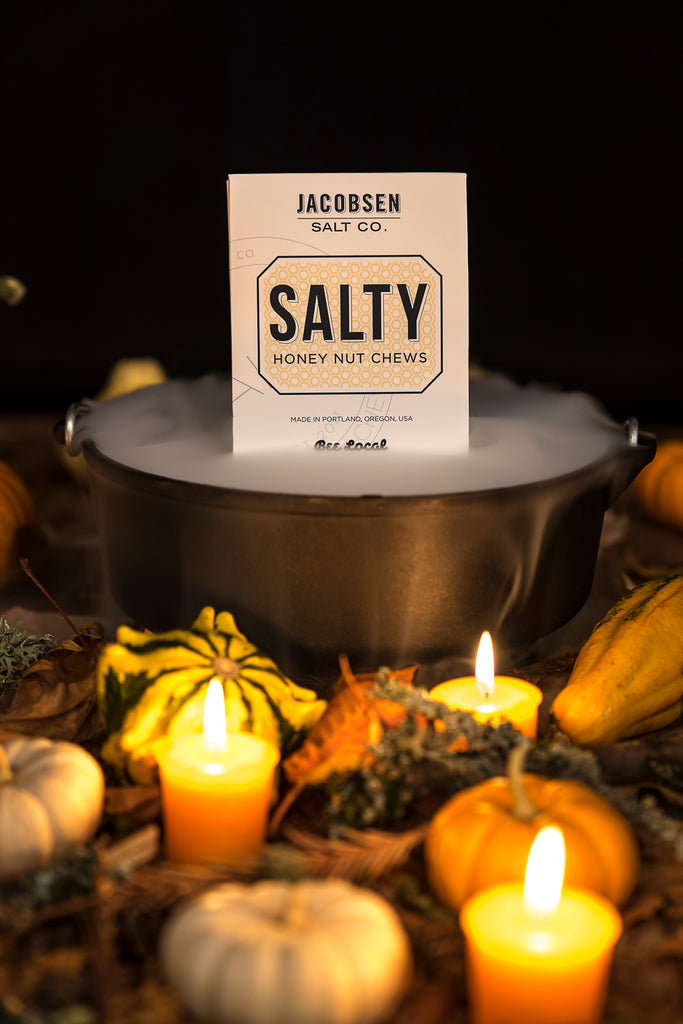

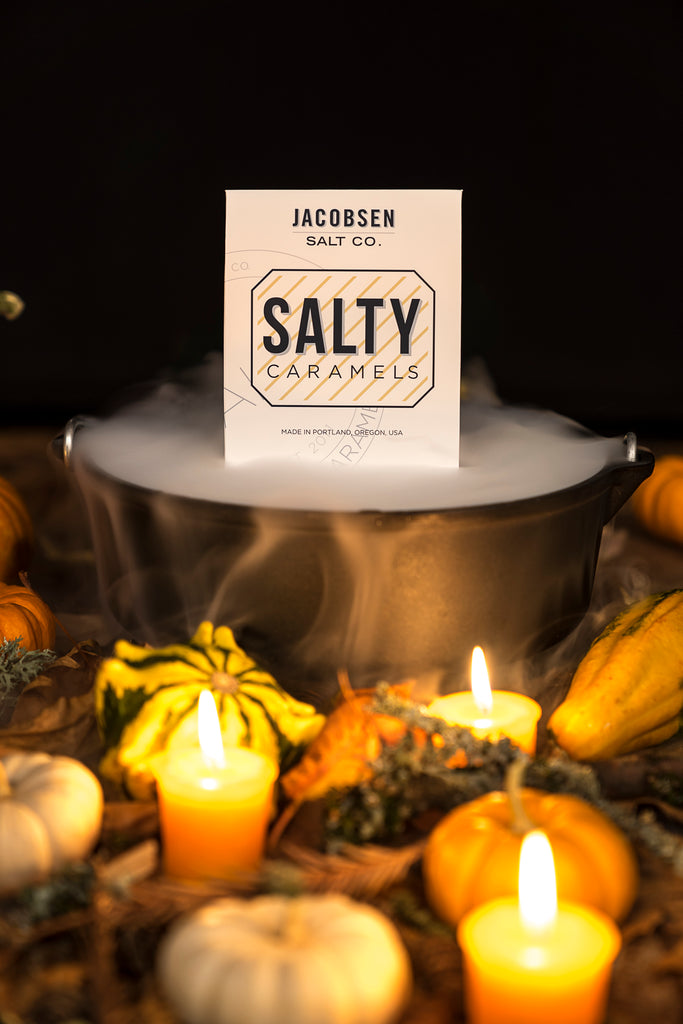


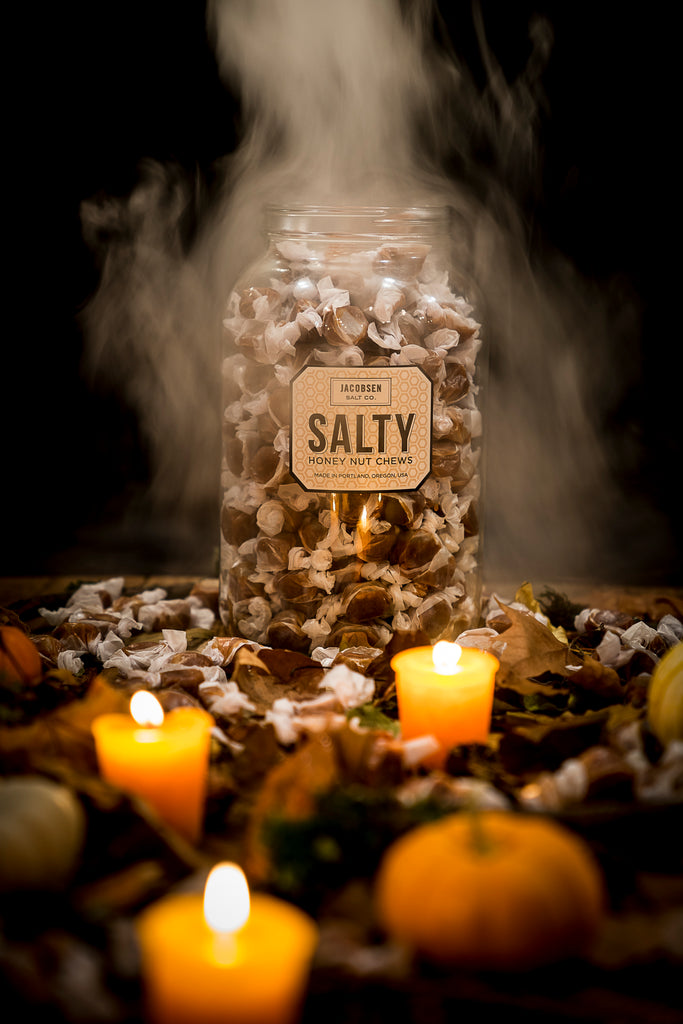















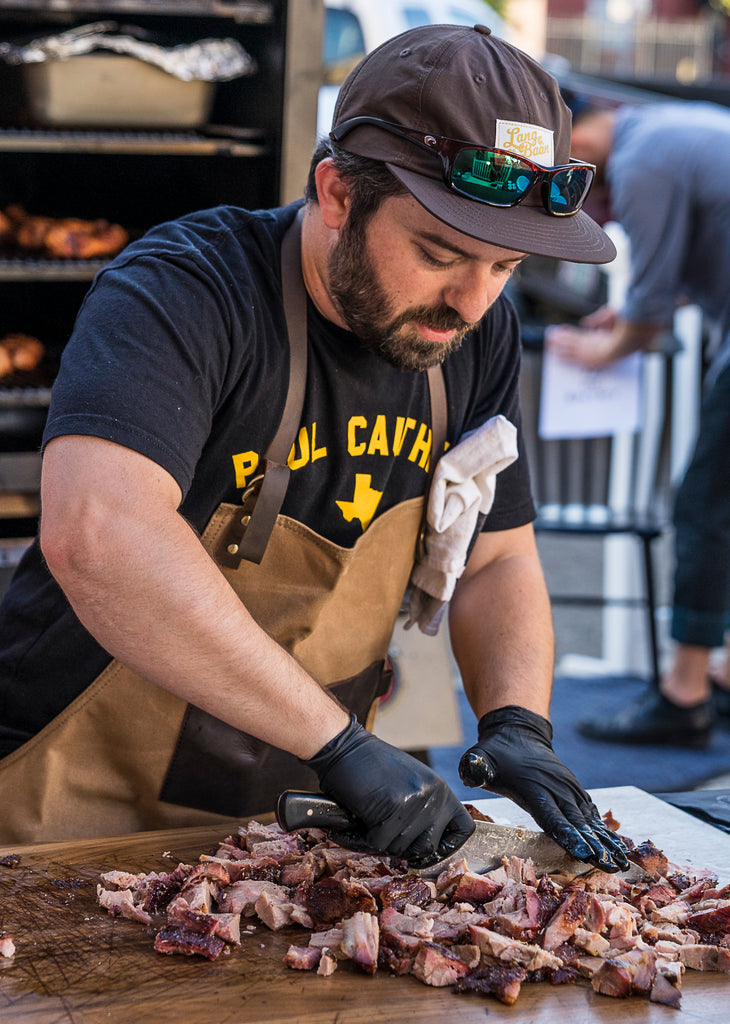



















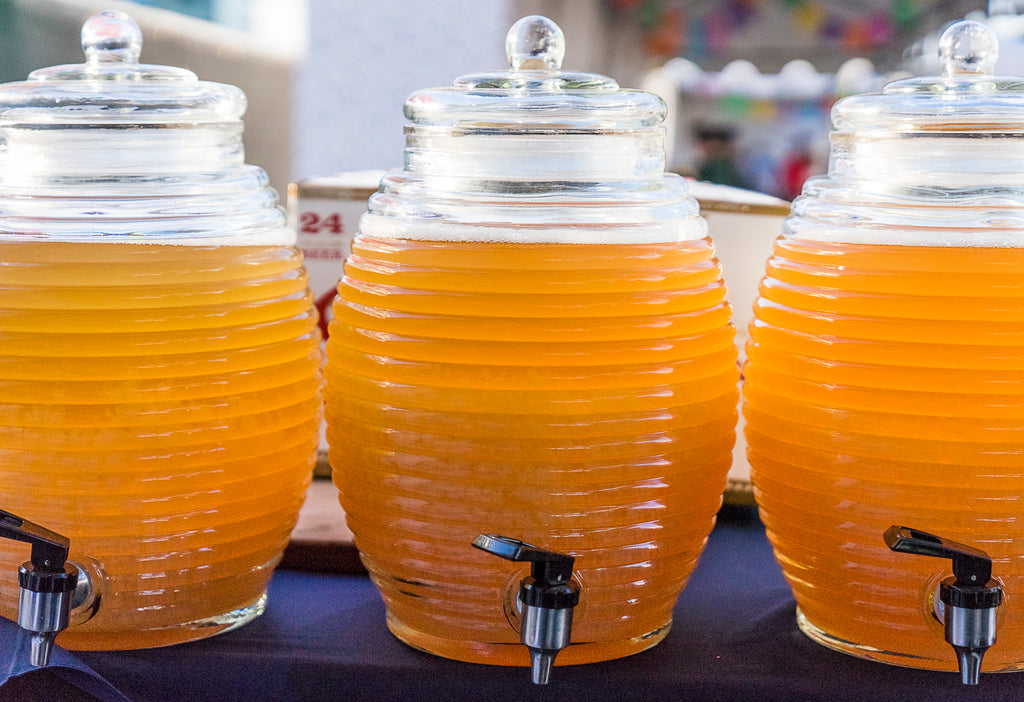
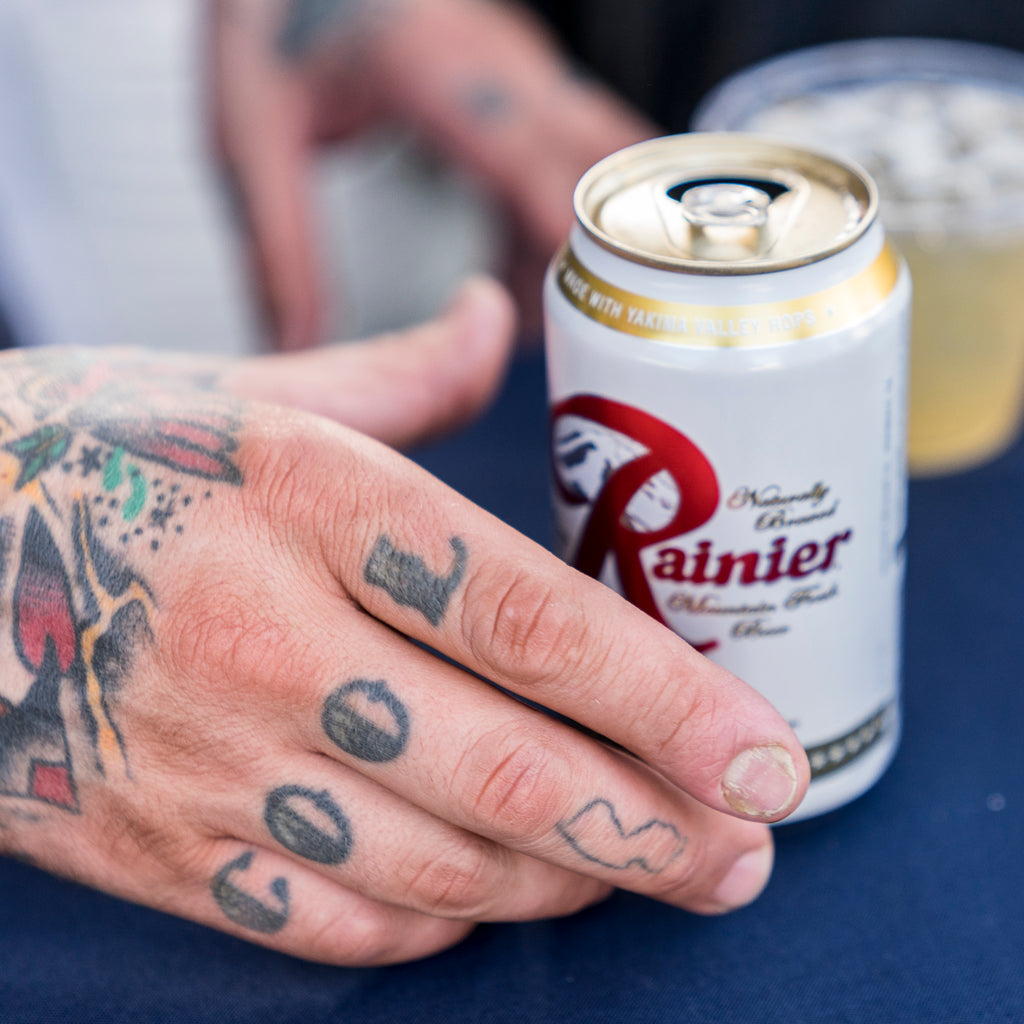
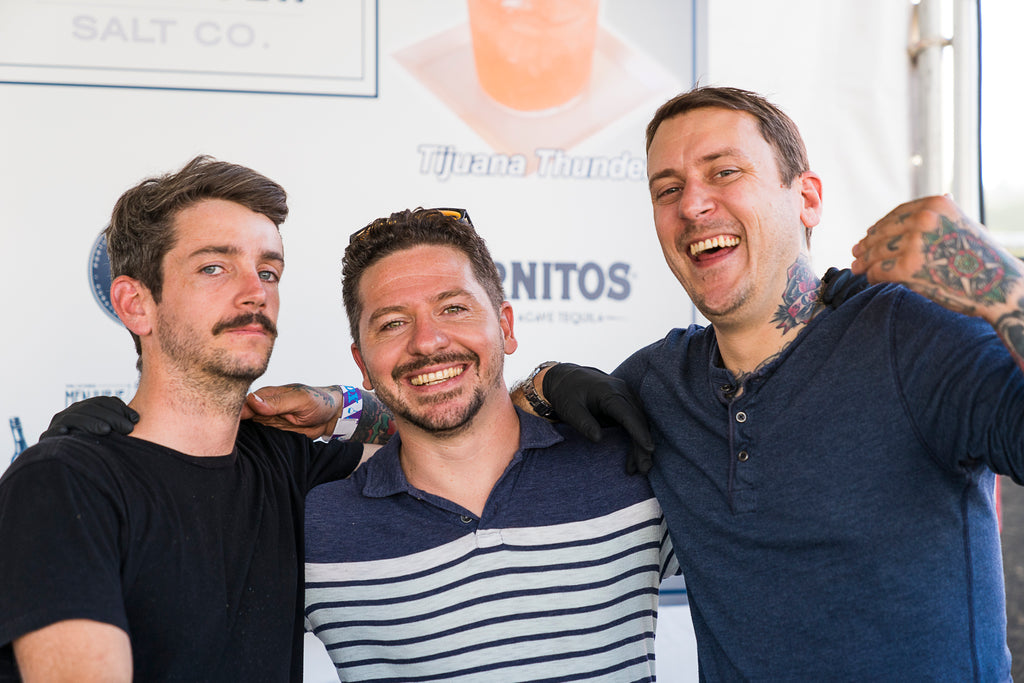

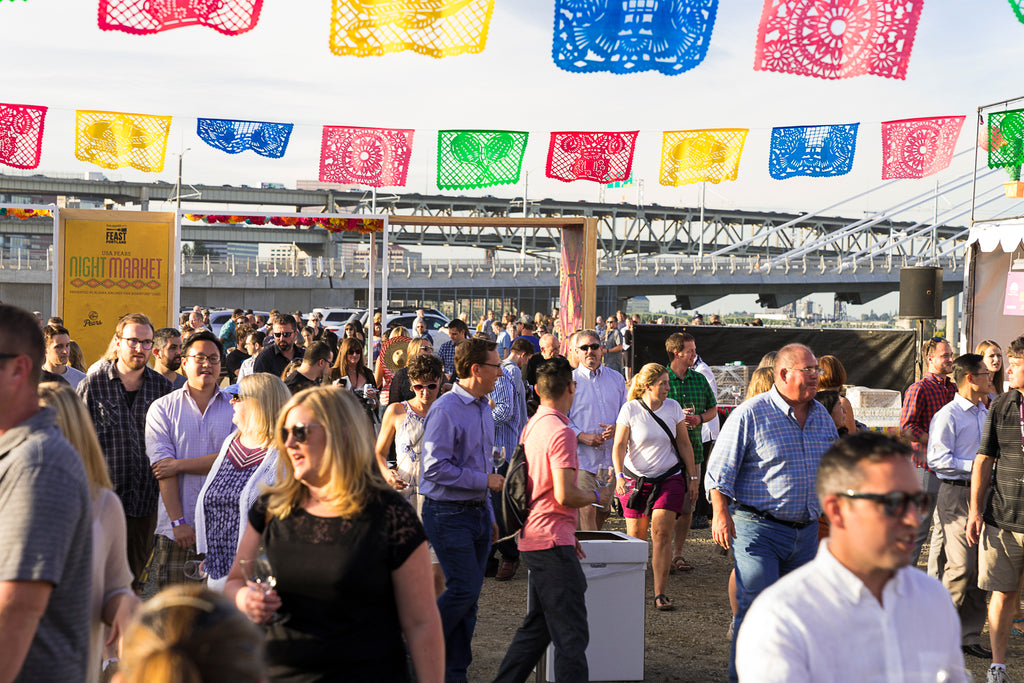








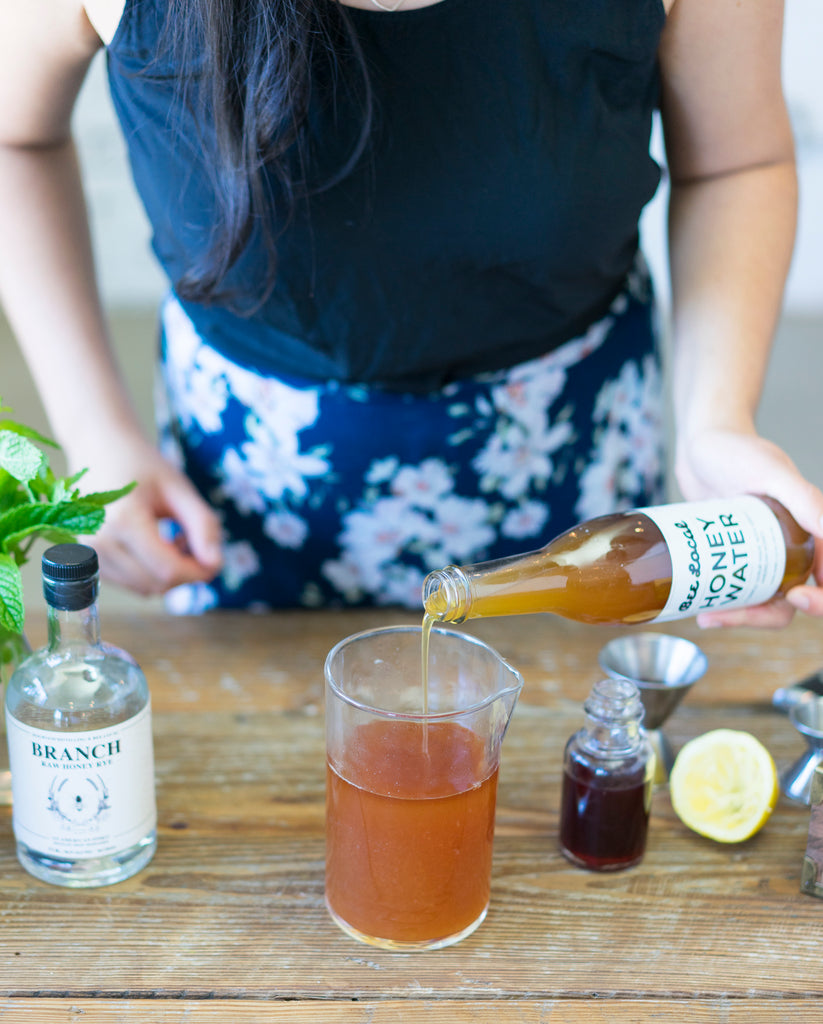
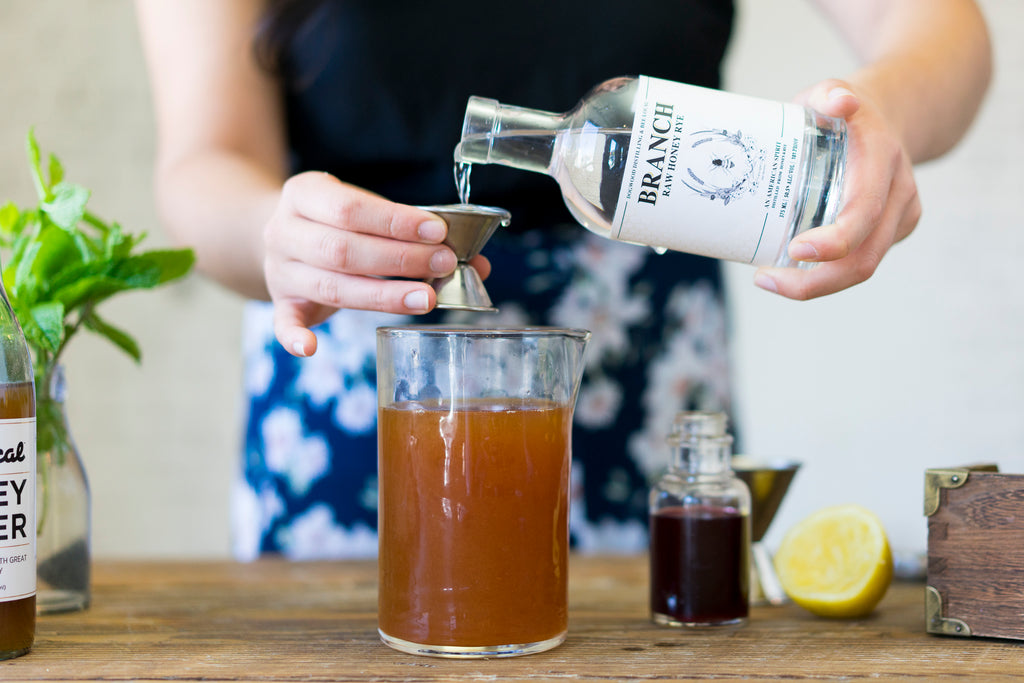


Leave a comment: